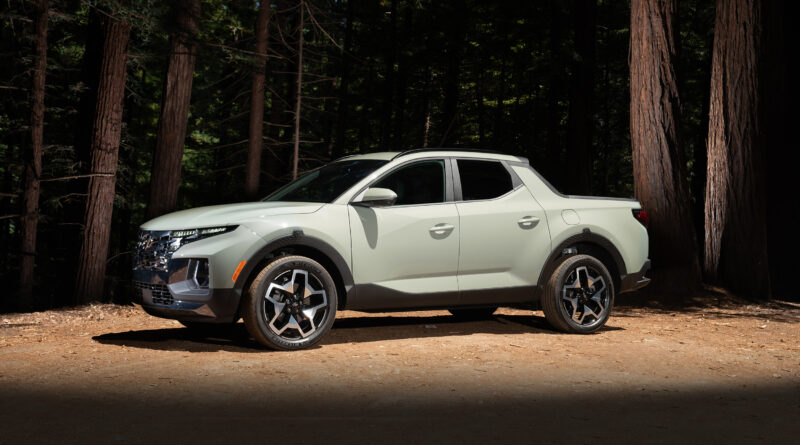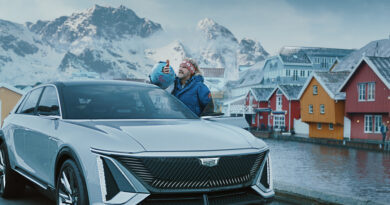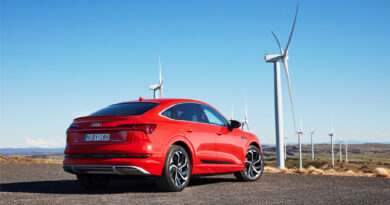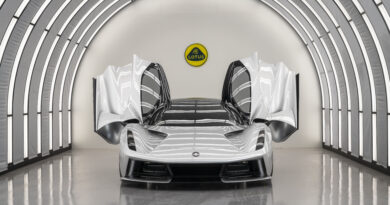Why Hyundai and Kia should go all EV with their utes
Bursting onto the bustling ute scene ain’t easy in the 21st century.
The market is dominated by traditional brands.
Granted, Volkswagen did it very well more than a decade ago with the Amarok, but Mercedes-Benz learned the hard way getting a ute right comes down to a lot more than the badge and how it looks.
The experience of each will no doubt have been analysed by Hyundai and Kia, which are currently developing a ute.
EXCLUSIVE FEATURE: EV ute overload: The electric pickups coming soon
The two look set to share major mechanical components, as so many Hyundais and Kias do.
And there’s every chance they’ll follow a familiar formula: ladder frame chassis, tough styling and a diesel engine (that’s very different to the Hyundai Santa Cruz that’s pictured here and sold in America).
But check out what’s happening with the ute market globally.
Tesla unleashed the Cybertruck concept and it already has a lot of people queuing to own one.
Similarly, Rivian – a brand most Australians haven’t heard of – has a cult following that suggests it will tempt plenty with its EV offering, the recently launched R1T. Rivian is expected to launch in Australia in 2024.
General Motors is relaunching Hummer as EV only using a ute – or truck – as the spearhead. It’s following up with Chevrolet Silverado and GMC Sierra Denali full-size electrified trucks.
And Ford was caught out with demand for the F-150 Lightning, the all-electric version of the world’s top-selling pick-up truck. No fewer than 200,000 reservations!
Diesel may still dominate today in utes, but the market is very open to electric.
Clearly consumers – which includes businesses, government and private buyers – are content with switching to EV when the time is right.
It’s indicative of a market that’s rewriting rules quicker than many expected.
All of which creates opportunities.
Sure, Hyundai and Kia are going to want big volumes with their new ute, which we think could arrive around 2023.
And Australia still lags the world on getting rid of diesel and adopting electricity.
But surely arriving onto the mid-sized ute scene with an all-EV offering would be a great way to stand out from the Hiluxes and Rangers of this world?
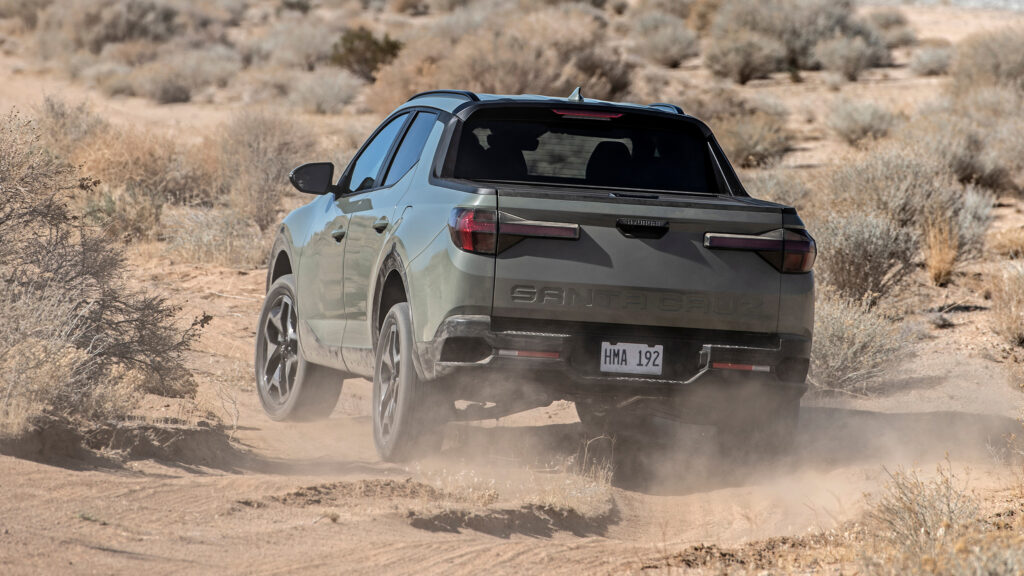
Hyundai and Kia already have the hardware to make it happen. The Hyundai Ioniq 5 is a winner and the Kia EV6 looks just as convincing.
But there’s one thing that could differentiate Hyundai and Kia from the rest: hydrogen.
Hyundai already offers a hydrogen fuel cell EV in Australia, the Nexo, and it is spending big to bed the technology in.
Crucially, Hyundai has already committed to a FCEV version of its Staria people mover and van.
Hyundai has been very clear it plans to spread the hydrogen love, especially in the commercial vehicle space.
It’s surely not much of a leap to assume Hyundai (and, therefore, Kia) would be looking at a similar strategy for its ute.
With any luck someone at Hyundai and Kia will be closely monitoring the rapid shift in the market and sniffing an opportunity to do things differently.
If the brands really believe in EV and FCEV technology then making those the only options on a new ute would be a brilliant way to make a statement – and tempt buyers who are increasingly open to electric.
And it would make for one heck of a ute entrance.

